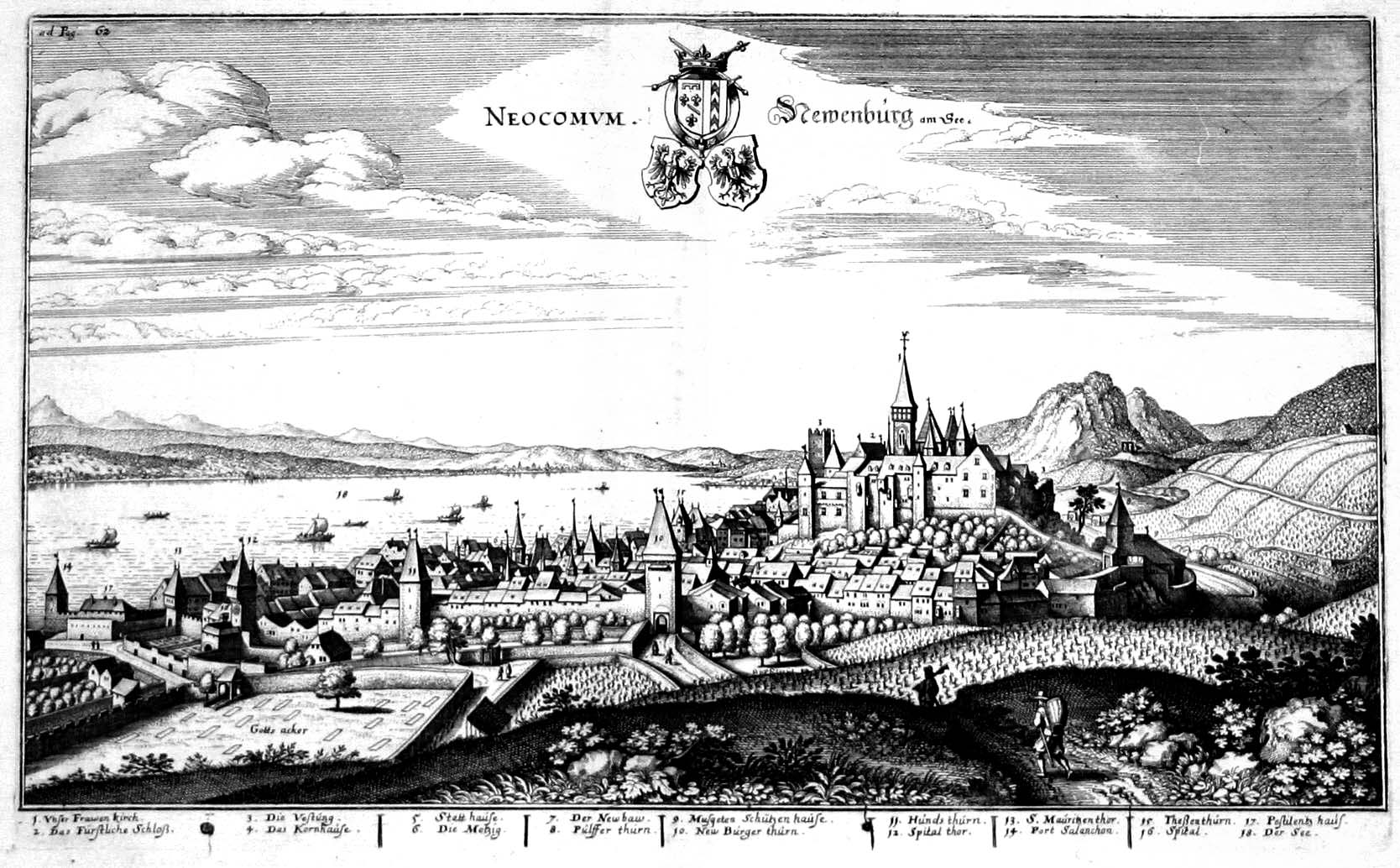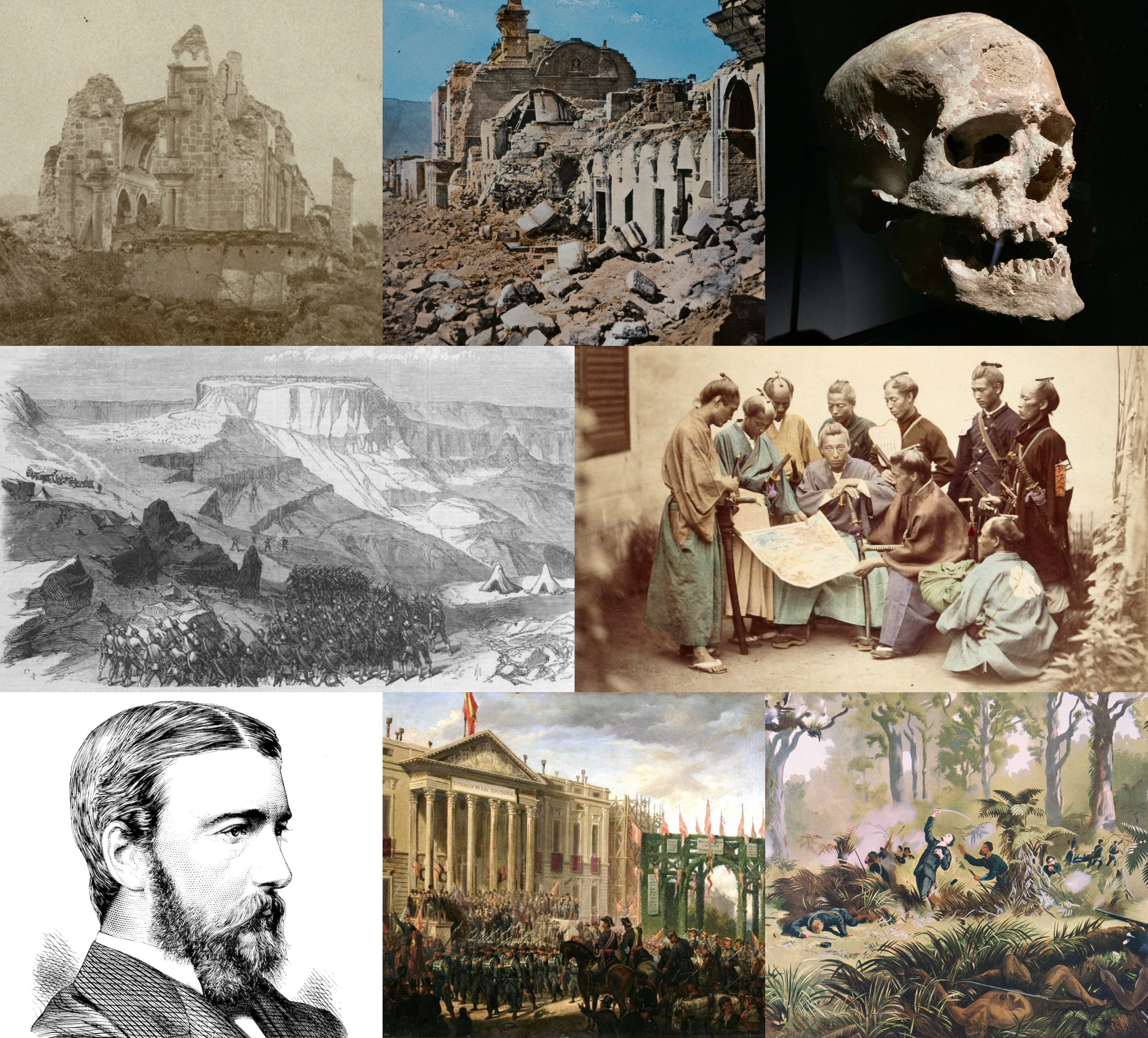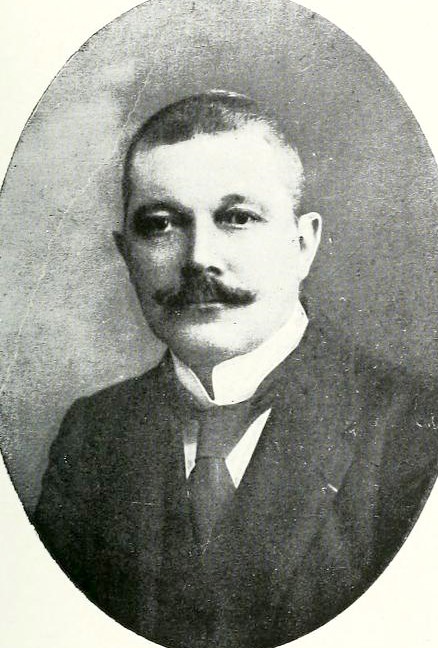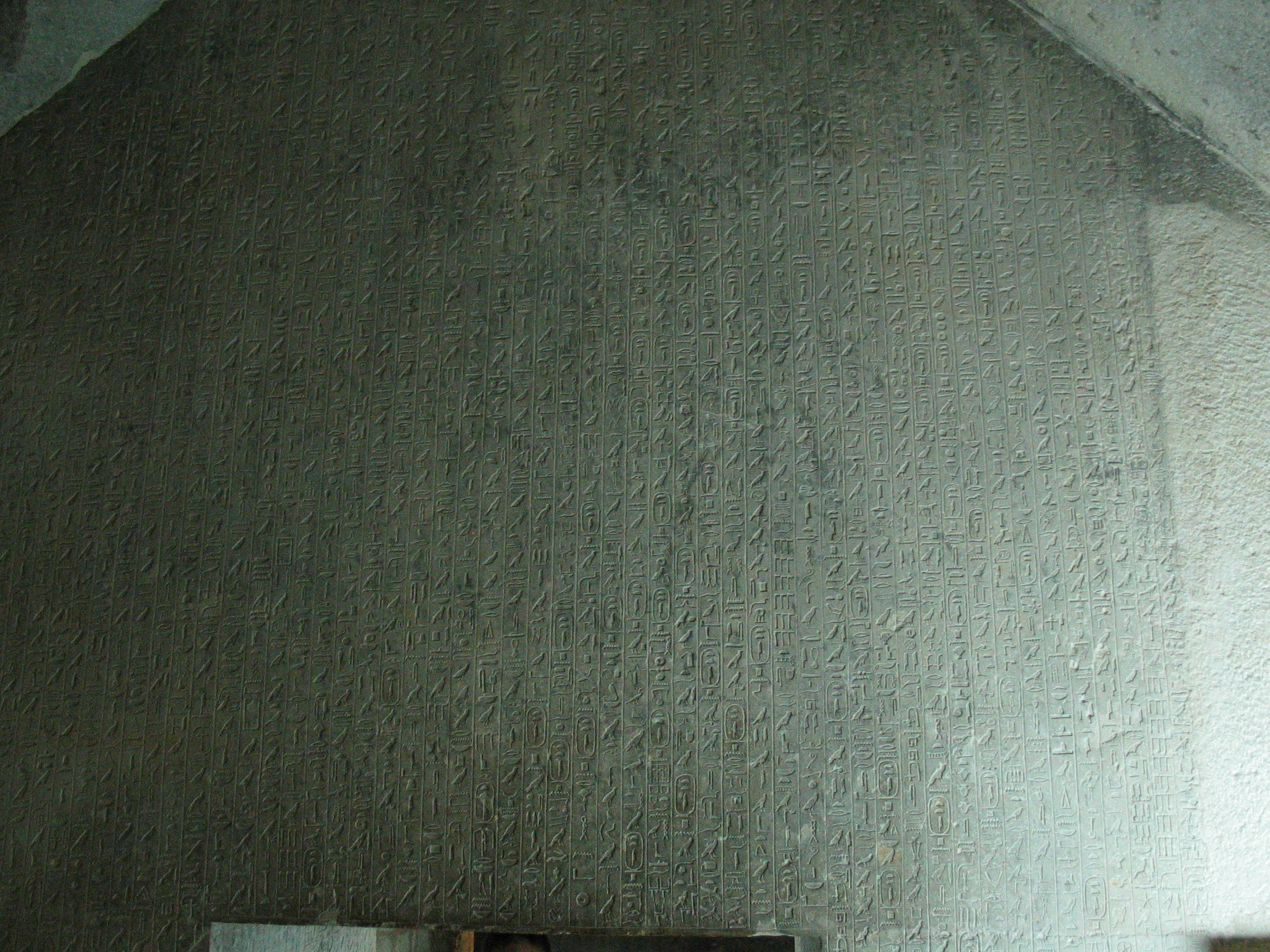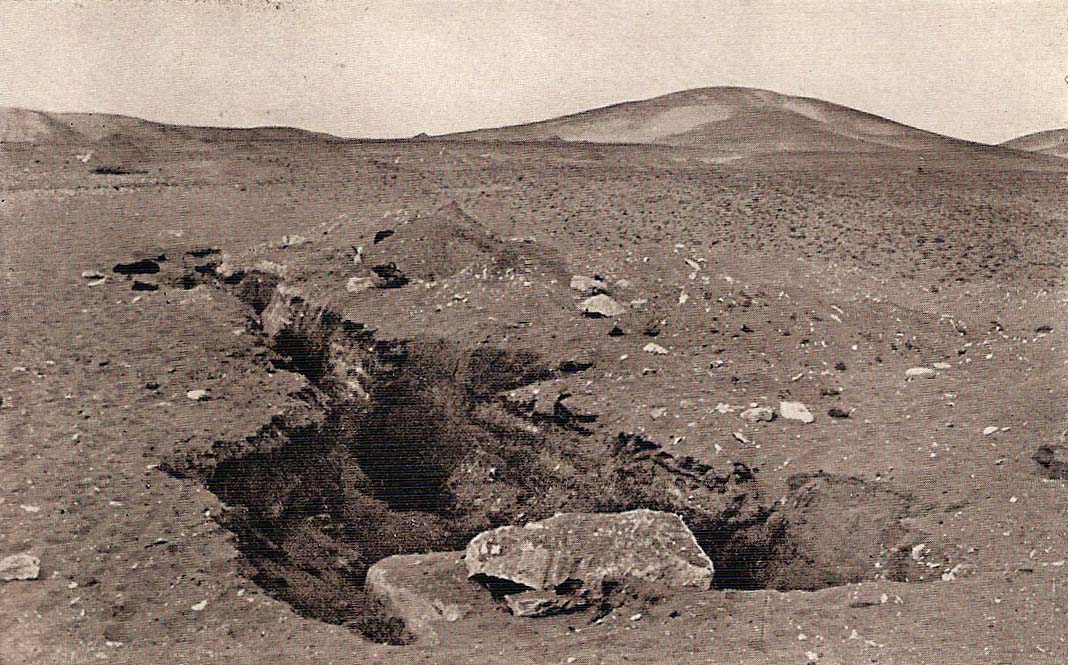|
Gustave Jéquier
Gustave Jéquier (14 August 1868, Neuchâtel, Switzerland – 24 March 1946, Neuchâtel) was an Egyptologist and one of the first archaeologists to excavate ancient Persian cities in what is now Iran. He was a member of Jacques de Morgan's 1901 Susa expedition, which led to the discovery of the famous Code of Hammurabi, now on display in the Louvre. Jéquier began his career under the guidance of the Egyptologists Gaston Maspero and Jacques de Morgan, and specialized in the Predynastic Period. He participated in major excavations sponsored by the Supreme Council of Antiquities. Jéquier excavated sites at Saqqara, such as the pyramid of Ibi and the pyramid of Khendjer, at Dahshur, Lisht, and Mazghuna. Jéquier's work on the Pyramid Texts was a significant step forward in the understanding of these religious works. Publications * (avec J.E. Gautier) ''Mémoire sur les fouilles de Licht'', 1902 * Avec Georges Legrain et Urbain Bouriant Urbain Bouriant (11 April 1849 – 1 ... [...More Info...] [...Related Items...] OR: [Wikipedia] [Google] [Baidu] |
Neuchâtel
Neuchâtel (, ; ; ) is a list of towns in Switzerland, town, a Municipalities of Switzerland, municipality, and the capital (political), capital of the cantons of Switzerland, Swiss canton of Neuchâtel (canton), Neuchâtel on Lake Neuchâtel. Since the fusion in 2021 of the municipalities of Neuchâtel, Corcelles-Cormondrèche, Peseux, Neuchâtel, Peseux, and Valangin, the city has approximately 33,000 inhabitants (80,000 in the metropolitan area). The city is sometimes referred to historically by the German name ; both the French and German names mean "New Castle". The castle after which the city is named was built by Rudolph III of Burgundy and completed in 1011. Originally part of the Kingdom of Burgundy, the city was absorbed into the Holy Roman Empire in 1033. The domain of the counts of Neuchatel was first referred to as a city in 1214. The city came under Prussian control from 1707 until 1848, with an interruption during the Napoleonic Wars from 1806 to 1814. In 1848, ... [...More Info...] [...Related Items...] OR: [Wikipedia] [Google] [Baidu] |
Saqqara
Saqqara ( : saqqāra[t], ), also spelled Sakkara or Saccara in English , is an Egyptian village in the markaz (county) of Badrashin in the Giza Governorate, that contains ancient burial grounds of Egyptian royalty, serving as the necropolis for the ancient Egyptian capital, Memphis, Egypt, Memphis. Saqqara contains numerous pyramids, including the Pyramid of Djoser, sometimes referred to as the Step Pyramid, and a number of mastaba tombs. Located some south of modern-day Cairo, Saqqara covers an area of around . Saqqara contains the oldest complete stone building complex known in history, the Pyramid of Djoser, built during the Third Dynasty of Egypt, Third Dynasty. Another sixteen Egyptian kings built pyramids at Saqqara, which are now in various states of preservation. High officials added private funeral monuments to this necropolis during the entire History of ancient Egypt, Pharaonic period. It remained an important complex for non-royal burials and cult ceremonies for more ... [...More Info...] [...Related Items...] OR: [Wikipedia] [Google] [Baidu] |
1946 Deaths
1946 (Roman numerals, MCMXLVI) was a common year starting on Tuesday of the Gregorian calendar, the 1946th year of the Common Era (CE) and ''Anno Domini'' (AD) designations, the 946th year of the 2nd millennium, the 46th year of the 20th century, and the 7th year of the 1940s decade. Events January * January 6 – The 1946 North Vietnamese parliamentary election, first general election ever in Vietnam is held. * January 7 – The Allies of World War II recognize the Austrian republic with its 1937 borders, and divide the country into four Allied-occupied Austria, occupation zones. * January 10 ** The first meeting of the United Nations is held, at Methodist Central Hall Westminster in London. ** ''Project Diana'' bounces radar waves off the Moon, measuring the exact distance between the Earth and the Moon, and proves that communication is possible between Earth and outer space, effectively opening the Space Age. * January 11 – Enver Hoxha declares the People's Republic ... [...More Info...] [...Related Items...] OR: [Wikipedia] [Google] [Baidu] |
1868 Births
Events January * January 2 – British Expedition to Abyssinia: Robert Napier leads an expedition to free captive British officials and missionaries. * January 3 – The 15-year-old Mutsuhito, Emperor Meiji of Japan, declares the ''Meiji Restoration'', his own restoration to full power, under the influence of supporters from the Chōshū and Satsuma Domains, and against the supporters of the Tokugawa shogunate, triggering the Boshin War. * January 5 – Paraguayan War: Brazilian Army commander Luís Alves de Lima e Silva, Duke of Caxias, enters Asunción, Paraguay's capital. Some days later he declares the war is over. Nevertheless, Francisco Solano López, Paraguay's president, prepares guerrillas to fight in the countryside. * January 7 – The Arkansas constitutional convention meets in Little Rock. * January 9 – Penal transportation from Britain to Australia ends, with arrival of the convict ship '' Hougoumont'' in Western Australia, afte ... [...More Info...] [...Related Items...] OR: [Wikipedia] [Google] [Baidu] |
Urbain Bouriant
Urbain Bouriant (11 April 1849 – 19 June 1903) was a French Egyptologist, who discovered the Gospel of Peter in a tomb at Akhmim. He is best known from his translation of Al-Maqrizi, published as ''Description topographique et historique de l'Egypte'' (Paris 1895-1900). He was the collaborator of Gaston Maspero in 1880, when Maspero founded the French archaeological mission to Cairo, precursor of the Institut Français d'Archéologie Orientale, Institut français d'archéologie orientale (IFAO). From 1883 to December 1886, he was a curator at the museum of Bulaq, then director of IFAO until 1898. In the season of 1883-84, Bouriant discovered the copy of the Great Hymn to the Aten, in the tomb of Ay (pharaoh), Ay at Amarna.Bouriant, ''Fouilles à Tell-el-Amarna. Les Papyrus d'Akhmin,'' Leroux, 1889. Notes {{DEFAULTSORT:Bouriant, Urbain French Egyptologists 1849 births 1903 deaths Members of the Institut Français d'Archéologie Orientale ... [...More Info...] [...Related Items...] OR: [Wikipedia] [Google] [Baidu] |
Georges Legrain
Georges Albert Legrain (4 October 1865, in Paris – 22 August 1917, in Luxor) was a French Egyptologist. Life and work From 1883 to 1890 Legrain was a student at the École des Beaux-Arts in Paris, but he also studied Egyptology at that time, attending lectures at the Sorbonne by famous scholars like Gaston Maspero. His first academic article, on the analysis of a Demotic papyrus, appeared in 1887. In 1898, he married Jeanne-Hélène Ducros, with whom he had 2 children. In 1892, he was offered the opportunity to go to Cairo as a member of the local Institut Français d'Archéologie Orientale (IFAO) under Urbain Bouriant to work as archaeological draftsman and illustrator. Jacques de Morgan, the new head of the Service of Antiquities, was then preparing his ''Catalogue des Monuments et Inscriptions de l’Egypte''. Legrain worked on the first volume, dealing with the graffiti in the area of Aswan, where he also took part in the excavations. He spent many years with his rese ... [...More Info...] [...Related Items...] OR: [Wikipedia] [Google] [Baidu] |
Nabu Press
BiblioBazaar is, with Nabu Press, an imprint of the historical reprints publisher BiblioLife, which is based in Charleston, South Carolina Charleston is the List of municipalities in South Carolina, most populous city in the U.S. state of South Carolina. The city lies just south of the geographical midpoint of South Carolina's coastline on Charleston Harbor, an inlet of the Atla ... and owned by BiblioLabs LLC. BiblioBazaar / Nerbles, LLC produced, in printable electronic form, 272,930 titles in 2009, although these were used by means of an automated computerized process, using scanned text and generic stock photography for the covers. They see themselves less as publishers than as a software company. References External links * {{Authority control Book publishing companies based in South Carolina Book publishing company imprints ... [...More Info...] [...Related Items...] OR: [Wikipedia] [Google] [Baidu] |
The University Of Chicago Press
The University of Chicago Press is the university press of the University of Chicago, a private research university in Chicago, Illinois. It is the largest and one of the oldest university presses in the United States. It publishes a wide range of academic titles, including ''The Chicago Manual of Style'', numerous academic journals, and advanced monographs in the academic fields. The press is located just south of the Midway Plaisance on the University of Chicago campus. One of its quasi-independent projects is the BiblioVault, a digital repository for scholarly books. History The University of Chicago Press was founded in 1890, making it one of the oldest continuously operating university presses in the United States. Its first published book was Robert F. Harper's ''Assyrian and Babylonian Letters Belonging to the Kouyunjik Collections of the British Museum''. The book sold five copies during its first two years, but by 1900, the University of Chicago Press had published 1 ... [...More Info...] [...Related Items...] OR: [Wikipedia] [Google] [Baidu] |
Society Of Biblical Literature
The Society of Biblical Literature (SBL), founded in 1880 as the Society of Biblical Literature and Exegesis, is an American-based learned society dedicated to the academic study of the Bible and related ancient literature. Its current stated mission is to "foster biblical scholarship". Membership is open to the public and consists of over 8,300 individuals from over 100 countries. As a scholarly organization, SBL has been a constituent society of the American Council of Learned Societies since 1929. History Calvin Stowe, husband of novelist Harriet Beecher Stowe, served as Professor of Biblical Literature at the innovative Lane Seminary—at the time one of the nation's leading seminaries—in the 1830s. The eight founders of the Society of Biblical Literature and Exegesis first met to discuss their new society in Philip Schaff's study in New York City in January 1880. In June of that year, the group had its first annual meeting with eighteen people in attendance. The new ... [...More Info...] [...Related Items...] OR: [Wikipedia] [Google] [Baidu] |
Pyramid Texts
The Pyramid Texts are the oldest ancient Egyptian funerary texts, dating to the late Old Kingdom. They are the earliest known corpus of ancient Egyptian religious texts. Written in Old Egyptian, the pyramid texts were carved onto the subterranean walls and sarcophagi of pyramids at Saqqara from the end of the Fifth Dynasty, and throughout the Sixth Dynasty of the Old Kingdom, and into the Eighth Dynasty of the First Intermediate Period. The oldest of the texts have been dated to –2300 BCE. Unlike the later Coffin Texts and '' Book of the Dead'', the Pyramid Texts were reserved only for the pharaoh and were not illustrated. The use and occurrence of Pyramid Texts changed between the Old, Middle, and New Kingdoms of Ancient Egypt. During the Old Kingdom (2686 BCE – 2181 BCE), Pyramid Texts could be found in the pyramids of kings as well as three queens, named Wedjebten, Neith, and Iput. During the Middle Kingdom (2055 BCE – 1650 BCE), Pyramid Texts were not writte ... [...More Info...] [...Related Items...] OR: [Wikipedia] [Google] [Baidu] |
Mazghuna
Mazghuna (also known as ''Al Mazghunah'' or ''Al-Muzghumah''), to the south of Dahshur, is the site of several mudbrick pyramids dating from the 12th Dynasty. The area was explored by Ernest Mackay in 1910, and was excavated by Flinders Petrie in 1911. Amenemhat IV and Sobekneferu have been suggested as the owners of two unfinished pyramids at Mazghuna, but there is no conclusive evidence of this. The Southern Mazghuna pyramid is about from Sneferu's Bent pyramid. The base was square but it was never finished. The outer burial chamber contains an inner monolithic burial vault made out of quartzite like the one for Amenemhat III at Hawara. There was a large granite plug ready to slide over the top however it was never used since no one was ever buried there. The Northern Mazghuna pyramid was planned even larger than this one but the superstructure was never begun. There was a U-shaped passage leading to the burial chamber which contains another monolithic burial vault. There w ... [...More Info...] [...Related Items...] OR: [Wikipedia] [Google] [Baidu] |
Lisht
Lisht or el-Lisht () is an Egyptian village located south of Cairo. It is the site of Middle Kingdom royal and elite burials, including two pyramids built by Amenemhat I and Senusret I. The two main pyramids were surrounded by smaller pyramids of members of the royal family, and many mastaba tombs of high officials and their family members. They were constructed throughout the Twelfth and Thirteenth Dynasties. The site is also known for the tomb of Senebtisi, found undisturbed and from which a set of jewelry has been recovered. The pyramid complex of Senusret I is the best preserved from this period. The coffins in the tomb of Sesenebnef present the earliest versions of the Book of the Dead. Overview The ancient Egyptian site of el-Lisht can be found on the west bank of the Nile River, around 65 km south of the city of Cairo. It is a Twelfth Dynasty necropolis, close to the city of Itj-Tawy from which the modern village assumably (given the proposed older form Al-Isht) ta ... [...More Info...] [...Related Items...] OR: [Wikipedia] [Google] [Baidu] |
